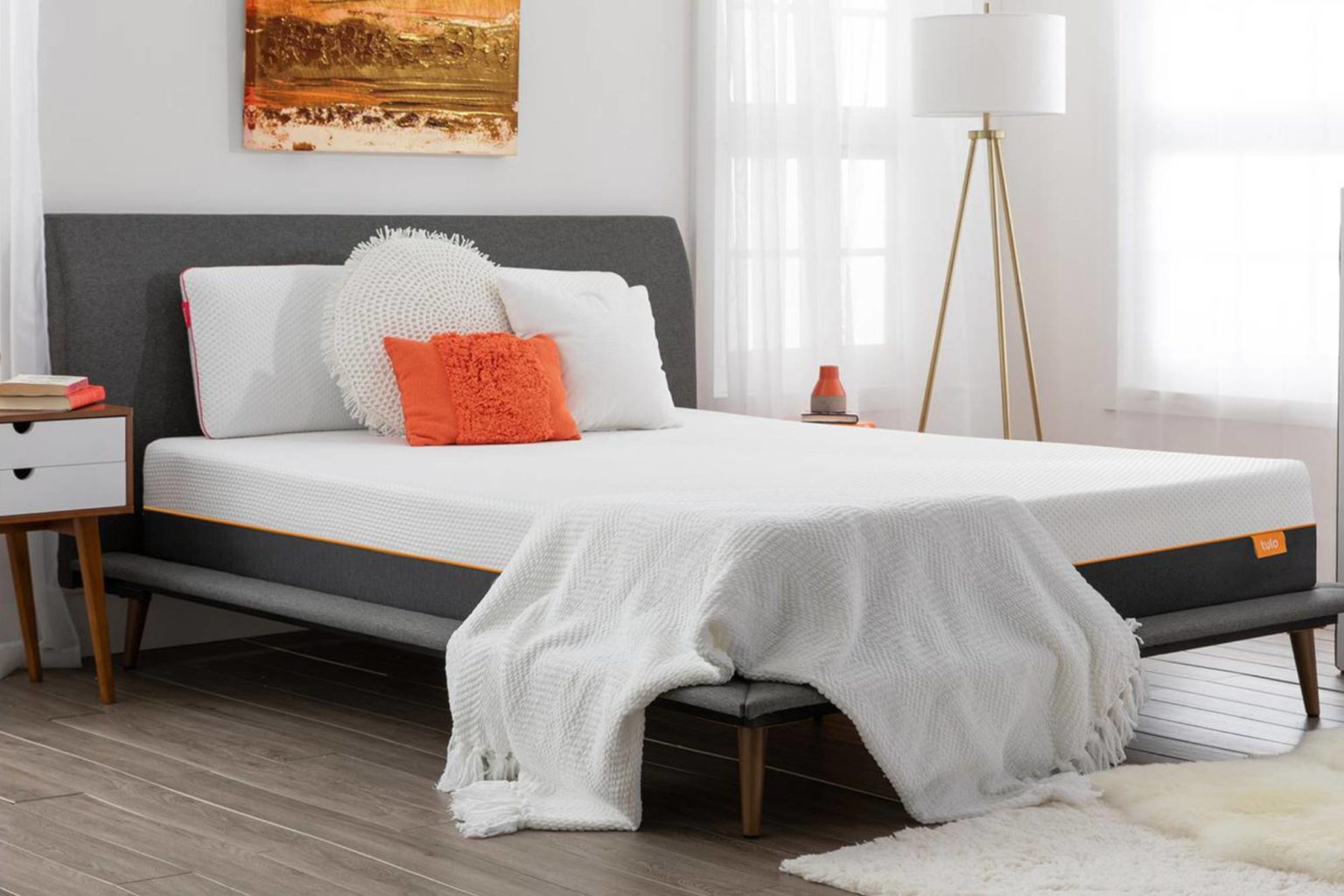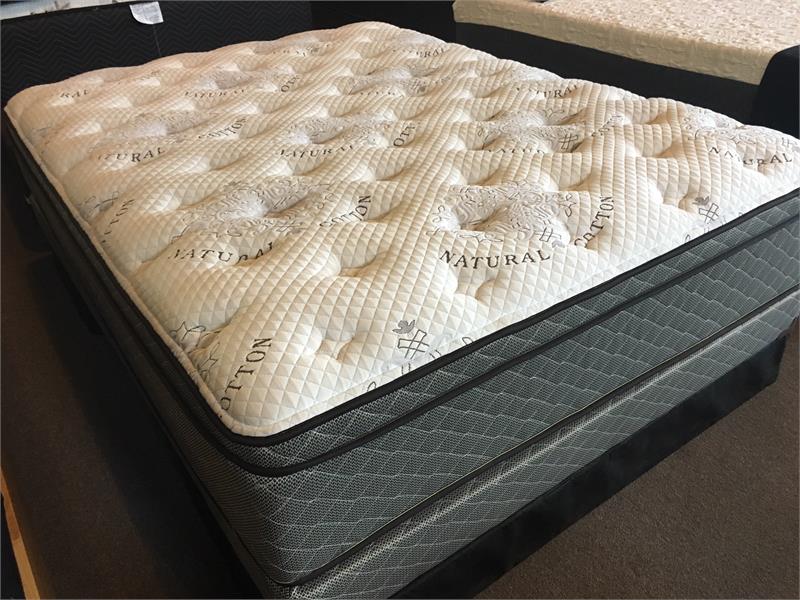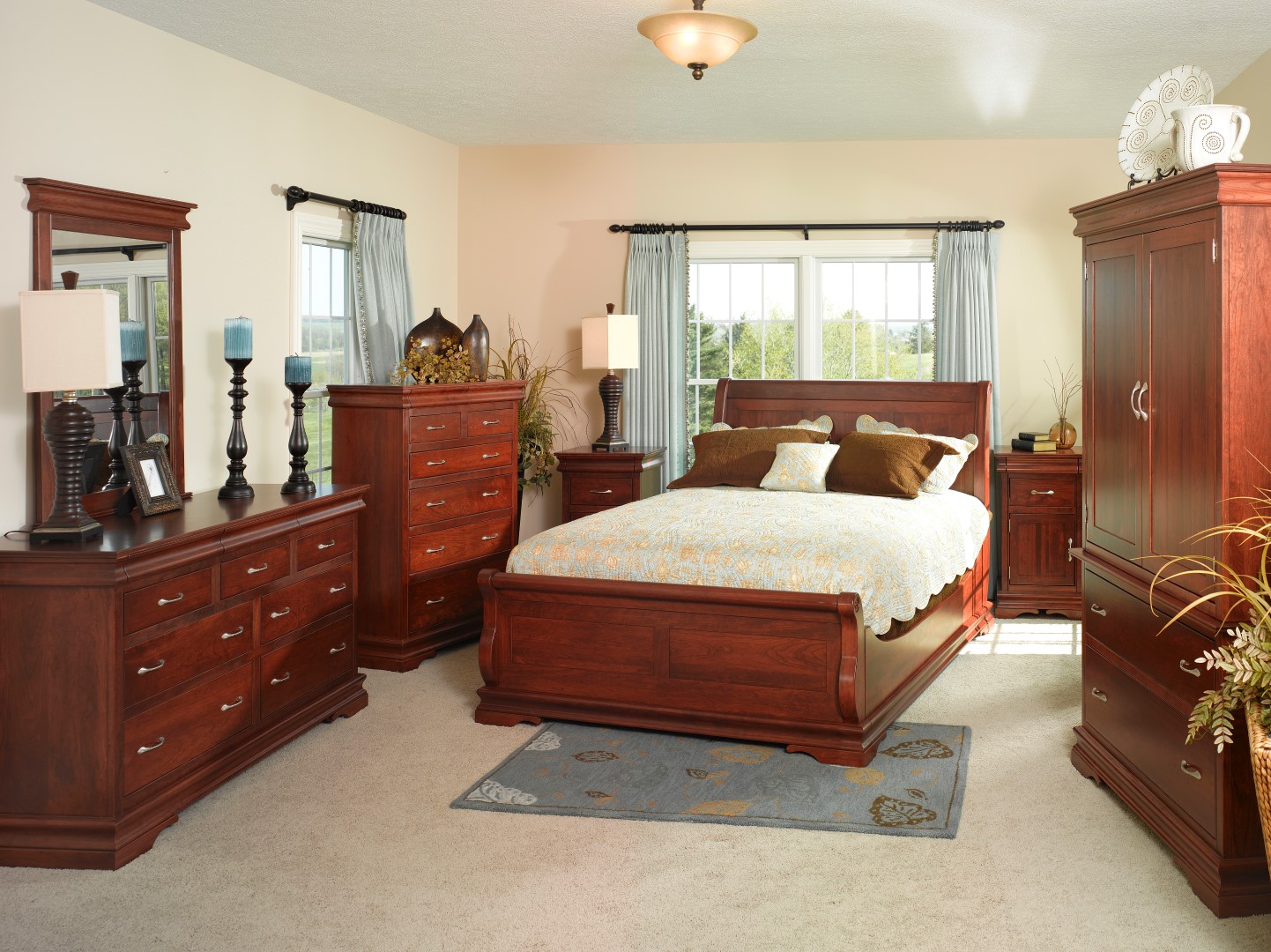There are a few specific design elements that should be taken into account when designing the overall layout of a kitchen. These include the total floor space, the size of the island, the size of the bench, the size of the kitchen triangle, and the size of the kitchen nook. The total floor space should be measured in square feet and square inches and then divided into standard 32-inch increments. This allows for easier planning of cabinetry, appliances, and furnishings. Primary Kitchen Design Sizes
Kitchen cabinets come in a variety of standard sizes and widths. While cabinets can typically be customized to fit any space, knowing the standard sizes can help in the planning process. According to the National Kitchen and Bath Association, standard kitchen cabinet sizes are 12, 15, 18, 24, 30, 36, and 42 inches in width. In some designs, it may be beneficial to combine these sizes for a more unique look. Standard Kitchen Cabinet Sizes
The kitchen triangle is an ideal layout structure that makes cooking and preparing food easier by having the three most used areas—the fridge, sink, and cooker— positioned in a triangular formation. The length of each side on both a single and double triangle should not exceed 26 feet, and the total square footage should not exceed 133 square feet. The recommended clearance between the counter and the triangle is 48 inches.Kitchen Triangle Design Principles
The placement and size of kitchen appliances have a large impact on the overall design. Fridge doors must be able to open and close without interruption, and ranges or cooktops must be able to accommodate the size of a pot or pan. Most standard fridge sizes are 60, 66, and 72 inches in height, and cooktop sizes will vary depending on the type. According to the National Kitchen and Bath Association, standard dishwashers are 24-inches deep and 24- or 36-inches wide.Kitchen Appliance Sizes Guide
Kitchen bench heights vary depending on the style of the kitchen. Countertop height benches for lower cabinets are typically 36 inches, while bar-height benches for upper cabinets are usually 42 inches. Standard kitchen table heights vary from 28 to 30 inches, while island heights typically measure 30 to 36 inches high. Additionally, bench foot spacing should be no more than 6 inches in between.Kitchen Bench Height Guidelines
The layout and dimensions of a kitchen rely on the space and the configuration of the kitchen elements. For a standard galley kitchen, divide the space into two equal sections with a 5- to 18-foot walkway in between for the best circulation. If you are designing a U-shaped kitchen, the minimum space should be at least 13 feet by 13 feet, and the outer walls should measure at least 8 feet in length. Kitchen Layouts and Dimensions
The overall dimensions of a kitchen will play a significant role in the design and function of the kitchen. Generally, there should be a minimum of 3 feet of clearance between cabinets and appliances. For added comfort, a minimum of 4 feet of aisle space should be maintained between countertop and island. Additionally, the kitchen should have at least 8 feet of ceiling height for adequate cabinet storage.Kitchen Room Dimensions + Ideal Sizes
Islands offer additional countertop space and storage units, but require extra space in the kitchen design. The minimum clearance between an island and horizontal countertops should be 42 inches, and the maximum size of an island is typically determined by the size of the kitchen. Typical island widths range from 4 to 8 feet, while standard island lengths range from 4 to 2 feet. Less spacious kitchens may benefit from a “L” shaped island, while spacious kitchens may opt for a “U” shaped island.Kitchen Island Sizes and Dimensions
Kitchen nooks are typically placed at the corner of the kitchen and should fit snugly without disrupting the kitchen layout as a whole. While there is no set standard for kitchen nook size, it is recommended that it takes up no more than 6% of the total kitchen floor space. Kitchen nooks should also follow the same guidelines in terms of countertop distance and island size.Kitchen Nook Dimensions and Placement
Minimum distances between cabinets, islands, countertops, and appliances should be maintained to create a comfortable working space. For example, the minimum distance between two countertops should be 36 inches, and the minimum distance between the countertop and the bottom of the wall cabinet should be 18 inches. The countertop and refrigerator should have a minimum clearance of 15 inches, while the countertop and oven should have a minimum clearance of 21 inches.Kitchen Space Planning Rules of Thumb
The size of a pantry is determined by the amount of storage required. The minimum depth for a pantry should be at least 24 inches, and the width should be no less than 24 inches. Adjustable shelves may also be used to accommodate multiple heights of products. If using adjustable shelves, a minimum clearance of 13 inches should be between the shelves and the door. Kitchen Pantry Sizes and Dimensions
Size Considerations in Kitchen Design
 When it comes to kitchen design, size matters. The layout of a kitchen needs to accommodate everything from cooking to storage, and the size of the kitchen should be tailored to the size of the room. Whether you are considering a renovation or starting from scratch, understanding the different kitchen sizes and the available room sizes are essential steps towards designing the perfect kitchen.
When it comes to kitchen design, size matters. The layout of a kitchen needs to accommodate everything from cooking to storage, and the size of the kitchen should be tailored to the size of the room. Whether you are considering a renovation or starting from scratch, understanding the different kitchen sizes and the available room sizes are essential steps towards designing the perfect kitchen.
Small Kitchen Layouts
 Small kitchen layouts are typically defined as having four sizes: the
small single-wall
, the
galley
, the
L-shape
, and the
U-shape
. The greater the room, the more possible layouts are available, but a
small single-wall
kitchen usually consists of a single wall of cabinets and appliances with a small amount of counter space between them. The same applies to a
galley
kitchen, but the layout consists of two parallel walls with cabinets and appliances, as well as a narrow passageway between them. An
L-shape
or
U-shape
kitchen layout uses multiple wall-length cabinets to take up more of the room.
Small kitchen layouts are typically defined as having four sizes: the
small single-wall
, the
galley
, the
L-shape
, and the
U-shape
. The greater the room, the more possible layouts are available, but a
small single-wall
kitchen usually consists of a single wall of cabinets and appliances with a small amount of counter space between them. The same applies to a
galley
kitchen, but the layout consists of two parallel walls with cabinets and appliances, as well as a narrow passageway between them. An
L-shape
or
U-shape
kitchen layout uses multiple wall-length cabinets to take up more of the room.
Medium and Large Kitchen Layouts
 Once you have the square footage for a larger kitchen, there are several layout possibilities. The
L-shape
and
U-shape
layouts can be continued with larger dimensions, or additional design elements including islands and kitchen peninsulas can be added. An
island
or
peninsula
is a modular unit that can be combined with existing counter space to create a larger, more functional kitchen layout. Other options for larger rooms include an
I-shape
,
L-shape with island
, and the popular
G-shape
. The
G-shape
is an L-shape kitchen with an additional peninsula that offers more countertop space and storage opportunities.
Once you have the square footage for a larger kitchen, there are several layout possibilities. The
L-shape
and
U-shape
layouts can be continued with larger dimensions, or additional design elements including islands and kitchen peninsulas can be added. An
island
or
peninsula
is a modular unit that can be combined with existing counter space to create a larger, more functional kitchen layout. Other options for larger rooms include an
I-shape
,
L-shape with island
, and the popular
G-shape
. The
G-shape
is an L-shape kitchen with an additional peninsula that offers more countertop space and storage opportunities.
Custom vs Prefabricated Kitchen Cabinets
 When deciding between custom kitchen cabinets or pre-fabricated cabinets, it's important to consider the size of your kitchen, as well as the size of the particular cabinet style you choose. Pre-fabricated cabinets are generally available in standard sized dimensions, such as 36 inches or 42 inches wide, and less commonly in 24 inches or 48 inches wide. Custom cabinets can be made to any size within your kitchen space, providing the ideal solution for odd-sized rooms.
When deciding between custom kitchen cabinets or pre-fabricated cabinets, it's important to consider the size of your kitchen, as well as the size of the particular cabinet style you choose. Pre-fabricated cabinets are generally available in standard sized dimensions, such as 36 inches or 42 inches wide, and less commonly in 24 inches or 48 inches wide. Custom cabinets can be made to any size within your kitchen space, providing the ideal solution for odd-sized rooms.






































































































